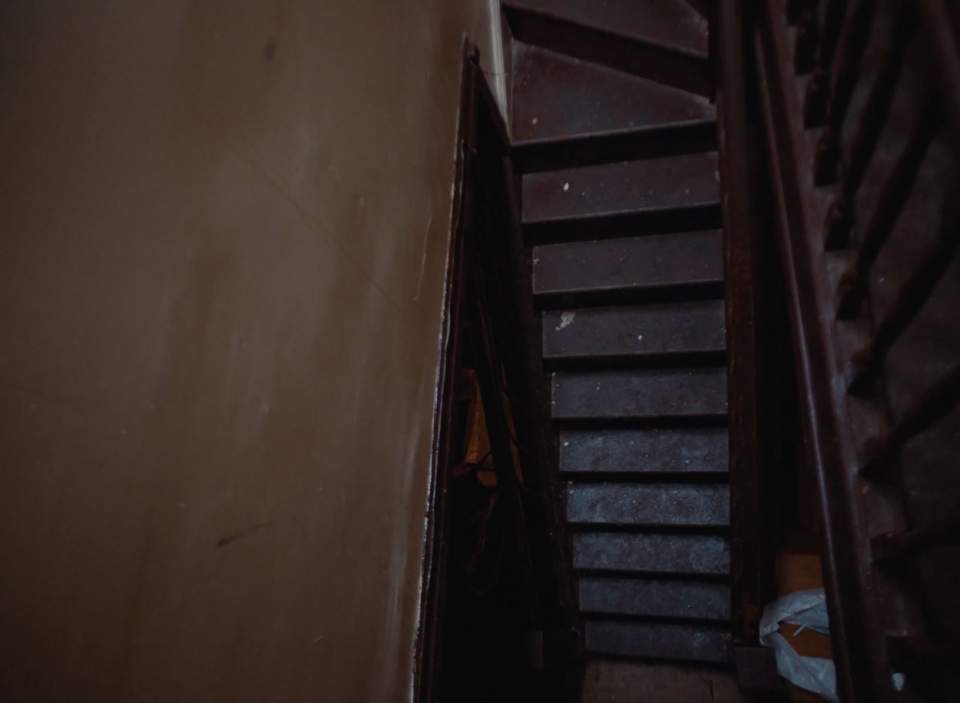News Take Action
Buffalo Rising: "New Report: Buffalo’s “Massive” Eviction Problem, What it Costs Us, and How to Fix It"
| Date: | March 4, 2020 |
| Share: |

by G. Rasmussen | March 4, 2020
A report released today finds that Buffalo has a “massive” eviction problem, with an eviction rate of 14.6% of renting households – much higher than that of comparable cities including Cincinnati (8.8%), Cleveland (8.2%), Milwaukee (8.6%), and Philadelphia (7.5%). This “involuntary mobility” has a damaging impact on individuals and communities, negatively effecting education, property values, health, employment, and the city’s economy overall. But there are solutions.
The report Evicted in Buffalo: the High Costs of Involuntary Mobility, authored by local policy think tank Partnership for the Public Good (PPG) and housing advocates People United for Sustainable Housing Buffalo (PUSH), describes Buffalo’s eviction crisis as the result of Buffalo’s rising poverty rate, higher local rents, and wage stagnation. Buffalo’s housing stock for low-income renters is exceptionally old, badly-maintained, and scarce.
Involuntary mobility causes children to perform poorly in school, while adults are more likely to lose their jobs, and services such as medical care are likely to suffer. Ultimately, the entire community’s safety and social fabric can be damaged. “High rates of mobility and vacancy contribute to neighborhood blight and disinvestment, resulting in lower property values for nearby owners and lower property tax income for municipalities and school districts.”
Read the full article on the Buffalo Rising website here.
To read the report, Evicted in Buffalo: the High Costs of Involuntary Mobility, click here.